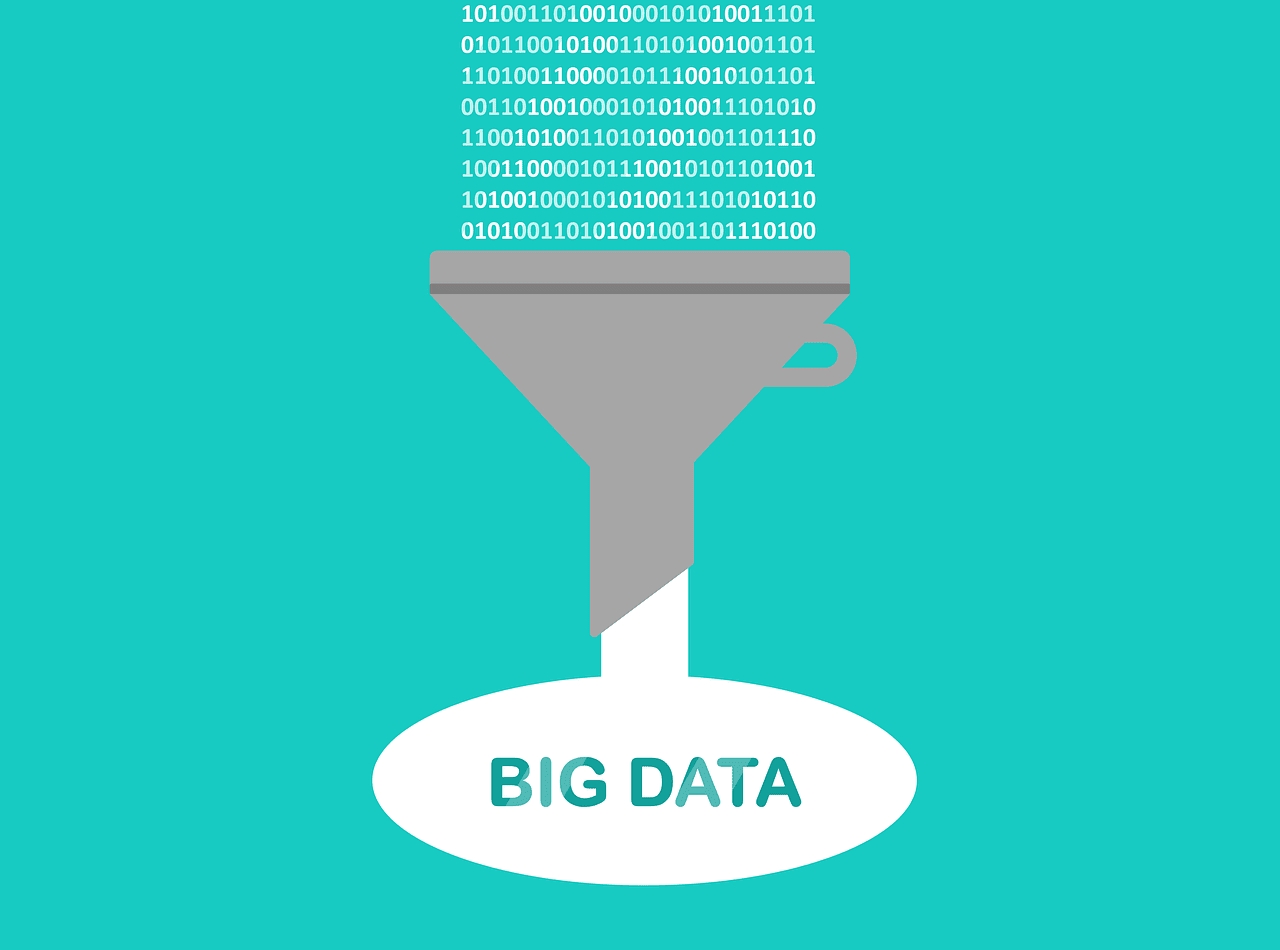Over the past few years, Big Data has been all over the news. The word has widespread use, however, probably many people don’t know what it means. Big Data is a combination of structured, unstructured, and semi-structured data that can help address many business issues.
But when it comes to having a clear understanding of what is big data many fails to do so. While some associate the word with data itself, others deploy the insights derived from the data. In this article, we are going to explain Big Data in plain English once and for all.
Also Read: What is Machine Learning: A Beginner’s Guide
What is Big Data?
Big Data refers to the larger and more complex data sets that no traditional data processing tools are able to manage. Moreover, it grows spontaneously with time. Big Data can help solve many problems. It helps in decision-making across different industries.
How Big is ‘Big Data’?

People do have a misconception about Big Data. Generally, the data which is in gigabytes, terabytes, or anything larger is to be termed Big Data. But people also use the term Big Data in other contexts as well. For instance, if I have attached a 100-megabyte document in the email. It’s obvious the email won’t go through, considering it is big data.
Let’s look at an example to understand how Big Data has an impact on various industries. When it comes to the healthcare industry, Big Data plays a key role in improving modern healthcare facilities. The exponential amount of data generated every day helps in saving lives, reducing healthcare costs, and many more.
Classification of Big Data
There are primarily three types of Big Data, namely,
- Structured
- Unstructured
- Semi-Structured
1. Structured
Structured data refers to a data model that has a definite structure and follows a particular pattern. Any traditional tools can easily read the data. Mostly, structured data is quantitative, meaning it comprises complex numbers, dates, or groups of numbers. Some examples of structured data include names, credit card numbers, dates, and many more. We can say that structured data is the easiest to work with.
2. Unstructured
Unstructured data refers to a data model that doesn’t have a pre-defined data model. Mostly, unstructured data is heavy-text, meaning it consists of texts and few numerical. Videos, audio or image files, log files, and social media posts are examples of unstructured data. Unstructured data is difficult to manage as it requires a lot of preparation before processing.
3. Semi-Structured
Semi-Structured data doesn’t conform to any data model. It lies between the structured and the unstructured one. Emails, XML, Binary executables, and zipped files are some of the best examples of semi-structured sources. Semi-structured data is not constrained by a fixed schema. When compared to the above two, semi-structured is flexible for data storage, as it consists of both structured and unstructured data.
Characteristics of Big Data

1. Volume
As the name suggests, big data is of massive size. For instance, 2.5 quintillion data is produced every day from different sources.
2. Value
It is not that all the data collected can add value to any business. The data collected should be analyzed and maintained for valuable insights.
3. Variety
The data collected every day from different sources can either be structured, unstructured or semi-structured.
4. Velocity
The rate at which data is collected and analyzed. It’s important to maintain data routinely to handle more data created every day.
5. Veracity
Veracity is an important characteristic of big data. It ensures that the collected data is reliable and helpful.
Advantages of Big Data in the Business Environment
Even deployed in the right way, big data has several perks in the business environment. This includes:

1. Improved Efficiency
Big data management is essential for any business. By analyzing the customers’ behaviors through big data, owners can make better decisions for the company and align with the needs of the customers. Delivering smarter services and products also becomes possible. Improving online recognition and competition with big companies, big data management helps to identify new opportunities.
2. Cost Optimization
Big Data Analytics can significantly drive down the financial costs. Creating new opportunities and providing all the relevant information. Any company that focuses on big data analysis can thrive in the market for a long. Understanding customers’ behaviors and improving services come as a part of it. It would further lead to faster decision-making and cost optimization.
3. Increase Sales by Two-fold
Big data analysis allows marketers to focus on specific products and services. Many companies across the globe use big data to get valuable customers insights. Determining customer preferences is important to do well in any business. Big data technologies have been helping professionals to increase the quality of leads and two-fold the sales.
4. Monitor Online Reputation
Big data is one of the best ways to monitor your brand’s online reputation. Regardless of how better your services are when compared to your competitors, building a customer-service-oriented business can help your brand in the long run. With big data analytics, offering secure payments, improved customer service and a great shopping experience can help your brand stand out.
Challenges Associated with Big Data
These are the common challenges faced by any organization in managing big data.
1. It is quite difficult to store all the data and analyze them individually. Data rapidly increases with time, and it becomes challenging for any organization to handle them. Mostly, the information is in an unstructured manner. So, it needs to be handled by skilled professionals. Storing a huge amount of data, and analyzing and maintaining them is crucial in preventing data breaches.
2. Companies all over the world want to achieve their respective goals through big data. Designing better marketing campaigns and improving pricing decisions are common goals of any company. Handling big data and achieving goals requires a professional with big data skills. In order to generate insights, organizations are providing better salary packages and training to big data engineers. Still, many organizations deal with a lack of professionals.
3. Most companies make mistakes while choosing tools for maintaining data. Which one would be the best technology to manage them? There are tons. However, look for a professional who can make the decision for the betterment of the organization. Based on the strategies of the professional and choosing relevant technology for the task can help the company improve.
Wrapping Up
Big data analytics is crucial in any industry for making strategic decisions and getting better insights. Undoubtedly, big data analytics is a revolution in the field of Information Technology. Companies worldwide use Big Data in their systems for improved workflow and better decision-making.












